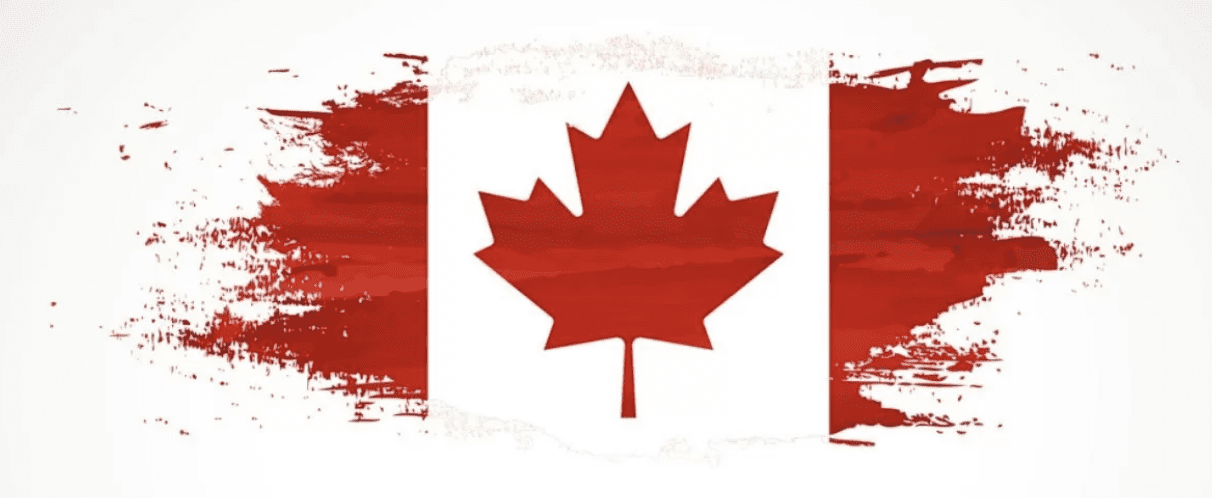
OTTAWA — Prime Minister Mark Carney’s government will be ending a program to plant two billion trees as part of its whole-of-government spending review to find billions of dollars worth of savings.
A senior government official confirmed that the budget to be presented on Tuesday will bring an end to the program, which
was launched under former prime minister Justin Trudeau
.
The official confirmed the government’s existing contracts would be honoured. In August, Natural Resources Canada said the contracts already signed would see nearly 1 billion trees planted.
Ending the two-billion tree program will be one of the measures set to be detailed when the government presents the results of its comprehensive spending review, which
Finance Minister Francois-Philippe Champagne initiated earlier this year.
It asked government departments to find 15 per cent worth of savings over the next three years.
Reining in government spending was something Carney had promised during the April federal election campaign. He seeks to inject billions more into defence spending and provide relief to sectors hardest hit by U.S. President Donald Trump’s tariffs, as well as spur more private sector investment.
The cancellation of the tree-planting program also comes as Carney is set to unveil a new “climate competitiveness strategy,” which he outlined in
a recent public speech at the University of Ottawa
, saying it would “focus on results over objectives.”
Planting two billion trees over 10 years was a more than $3-billion commitment Trudeau had made as one the nature-based approaches within the larger Liberal climate plan.
The Opposition Conservatives have for years criticized the Liberals’ progress on that commitment. The program was formally launched in 2021 and by late 2024 had reported planting approximately 160 million trees.
National Post
Our website is the place for the latest breaking news, exclusive scoops, longreads and provocative commentary. Please bookmark nationalpost.com and sign up for our politics newsletter, First Reading, here.




